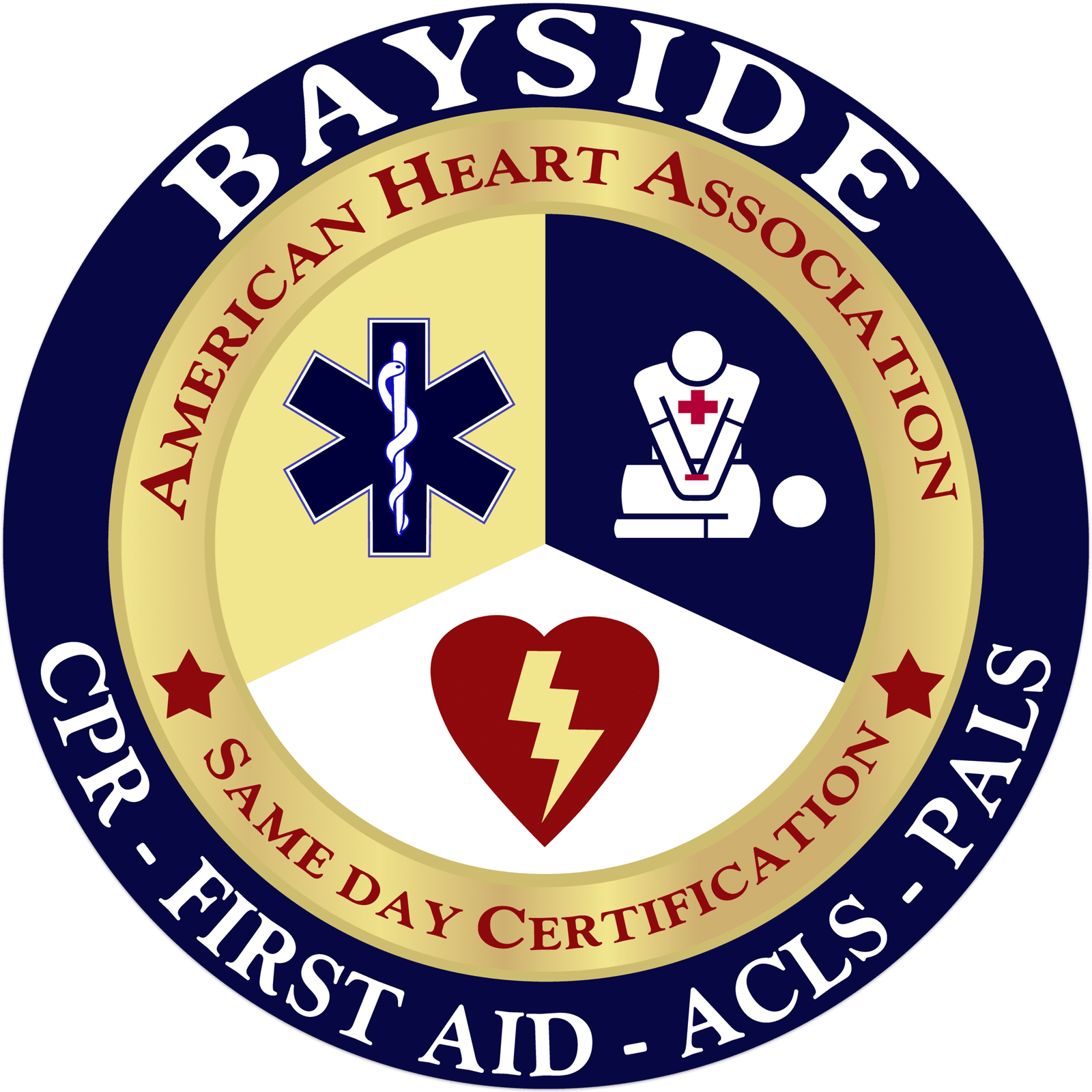Home » ACLS Practice Test
Ability to perform pericardiocentesis and chest tube placement
ECG rhythm interpretation for core ACLS algorithms
Basic ACLS drug and pharmacology knowledge
Please select atleast one answer!
Seeking expert consultation
Rapid pharmacological intervention
Rapid reperfusion following STEMI presentation
Please select atleast one answer!
Perform manual left uterine displacement (LUD)
Begin chest compressions with one hand
Start defibrillation immediately
Administer epinephrine every 3 minutes
Please select atleast one answer!
Ensure adequate oxygenation and ventilation
Please select atleast one answer!
Increase the dose of epinephrine
Prepare for an emergency C-section
Start therapeutic hypothermia
Please select atleast one answer!
Please select atleast one answer!
Please select atleast one answer!
Please select atleast one answer!
Please select atleast one answer!
General assessment and stabilization of the patient
Consideration of fibrinolytic therapy
Review of risks and benefits of fibrinolytic therapy with the patient and/or family
Performance and assessment of a non-contrast CT to differentiate between hemorrhagic and ischemic stroke
Please select atleast one answer!
Activate emergency response and get to a stroke center
Administer aspirin immediately
Please select atleast one answer!
Target Temperature Management (TTM)
Continuous waveform capnography
Please select atleast one answer!
0.5 mg IV every 3–5 minutes
1 mg IV every 3–5 minutes
5 mg IV every 3–5 minutes
Please select atleast one answer!
Check for responsiveness and breathing
Please select atleast one answer!
100-120 compressions per minute
120-130 compressions per minute
60-80 compressions per minute
80-100 compressions per minute
Please select atleast one answer!
The most effective treatment for VF is electrical defibrillation.
The probability of successful defibrillation decreases quickly over time.
Individuals in asystole respond well to late defibrillation.
A common initial rhythm in out-of-hospital witnessed sudden cardiac arrest is ventricular fibrillation (VF).Incorrect response
Please select atleast one answer!
Please select atleast one answer!
Please select atleast one answer!
Normal sinus rhythm without a pulse
Please select atleast one answer!
Please select atleast one answer!
Schedule an MRI for tomorrow
Perform a non-contrast CT scan immediately
Start IV fluids and observe for changes
Please select atleast one answer!
Start dopamine or epinephrine infusion
Please select atleast one answer!
Please select atleast one answer!
Too large may damage tissue
Too large may block the airway
Too small may not adequately control the airway
Please select atleast one answer!
